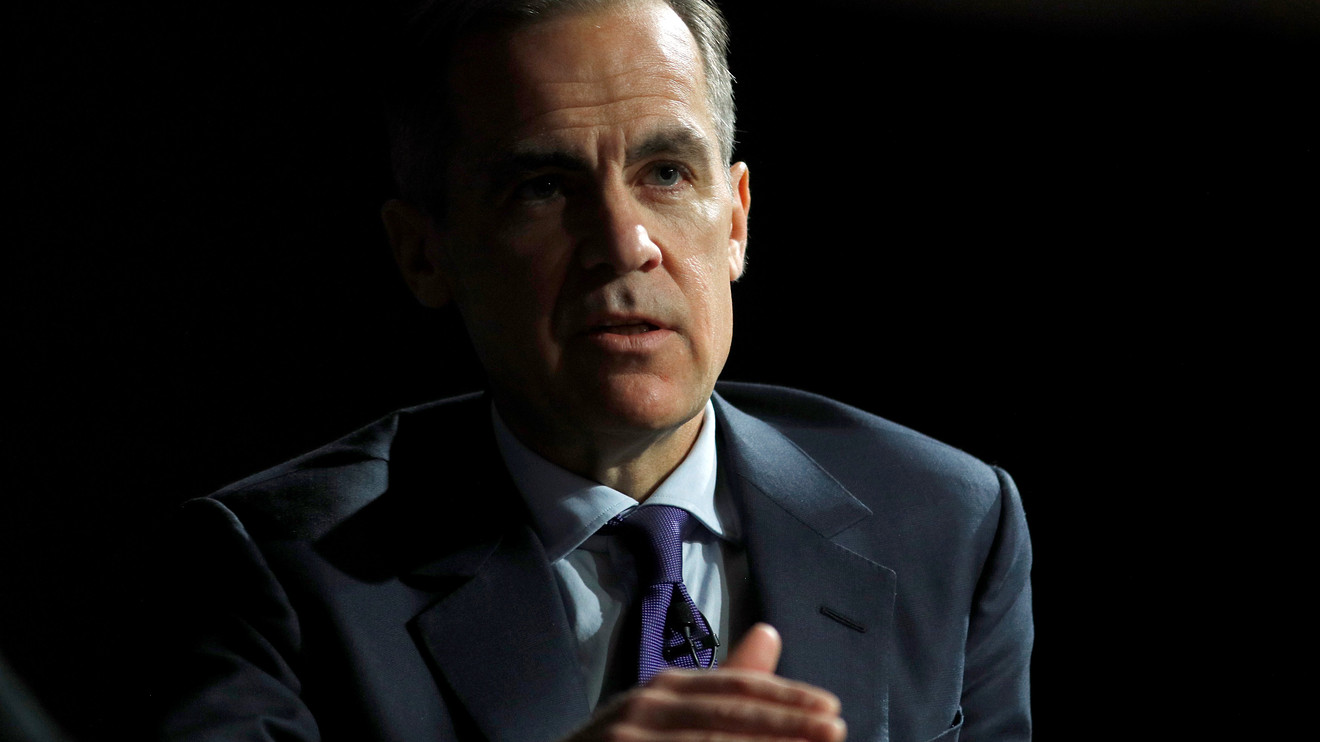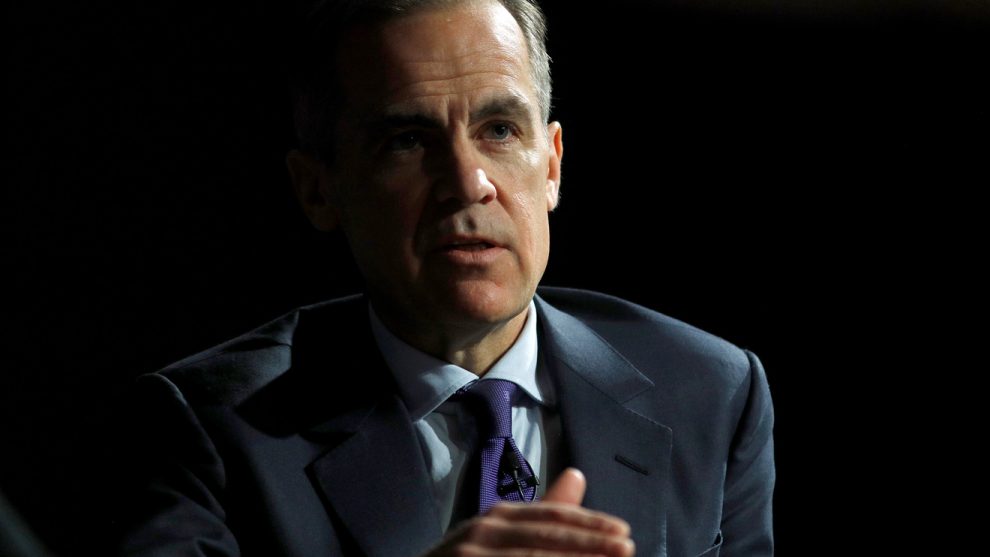
Economic growth in the U.K. is slower than forecast — with gross domestic product even shrinking 0.2% in the second quarter — but inflation is higher than economists expected, at an annual 2% in July.
The unusual combination intensifies the Bank of England’s current dilemma: hike or cut rates? But the U.K. central bank’s predicament is not drawing any sympathy from financial markets, which keep hoping for better signals on what the Bank will do in the next few weeks.
The BoE’s problem, however, is here to stay.
1 — The case for hiking rates
With unemployment at historic lows, wages are increasing at a fast pace. The fall of the pound sterling since the Brexit referendum — down 16% against the dollar and 14% against the euro — further fuels inflation, through a rise of the price of imported goods.
Over the medium term, the Bank of England’s official forecast is for inflation to rise to 2.1% by 2021 and 2.2% by 2022 — above its official 2% target. Furthermore, as noted by Robert Wood, U.K. economist at Bank of America Merrill Lynch, “markets and households seem to have lost faith in [the central bank’s] ability to deliver on its goal,” and see inflation rising as well in the future.
2 — The case for cuts
The Brexit impact on the U.K. economy is already being felt, and growth has lagged behind both the U.S. and the eurozone in the last three years. A loosening of monetary policy would be the normal answer to such a situation, but the probability of a hard-Brexit scenario come October 31 increases the risk of a major economic slowdown and possibly a full-blown recession. In that case, the first response of the BoE to cushion what governor Mark Carney has warned would be an “instant real economic shock” should be to lower rates, economists say.
3 — The BoE’s dilemma…
The Bank of England has left the door open to a rate hike, thus indicating that it is not factoring in a hard Brexit scenario in its current forecast. That is hurting its credibility, Wood argues, adding that the central bank should instead assign a probability to several scenarios. “Then their inflation and growth forecast would be lower.”
But even as it warns against a no-deal Brexit, the central bank is also wary of skirting too close to the heat of the current U.K. political debate. Warning about impending economic misery, even as the U.K. government insists it will be prepared for the worst, might prove controversial.
4 — … and why it won’t go away.
If the U.K. and the European Union find a way to avoid a hard Brexit on October 31, the Bank of England’s task will become simpler, and it will have more time to evaluate the situation. But a sharp fall of the pound after the U.K. crashes out would increase inflationary pressures in the U.K. economy. The impact on growth, on the other hand, would take more time to assess. “The question is how quickly they would want to react,” notes James Smith, an economist at ING.
In the worst-case scenario, the question is whether the BoE would be ready to go as far as taking its key interest rate negative, as the European Central Bank did in 2014. David Blanchflower, a former member of the BoE’s monetary policy committee, says it should consider it. Smith thinks however that before that, the Bank would more probably expand quantitative easing, the asset-buying program that saw it buy some £435 bln worth of U.K. government bonds since 2009.











Add Comment